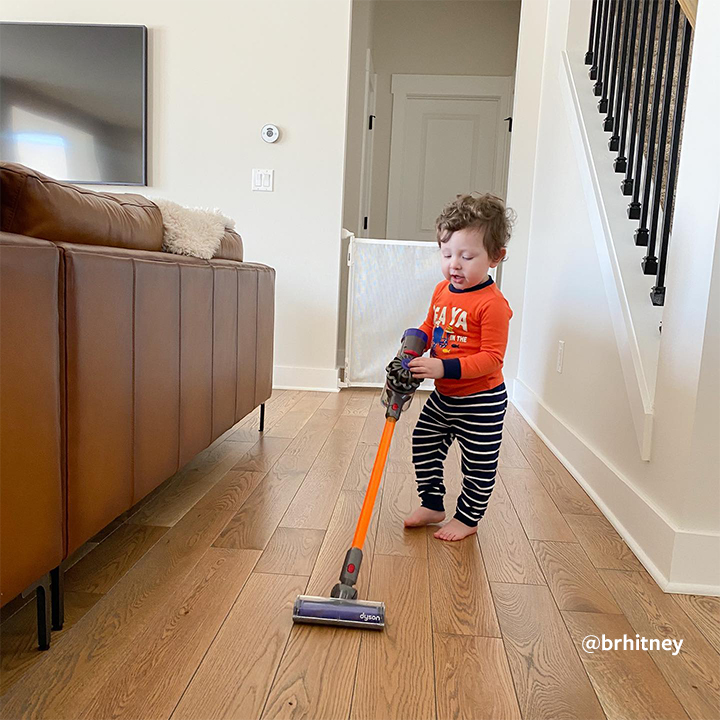Featured categories

From Classes To Curriculum: Your Guide To Homeschooling
One side effect of the COVID-19 pandemic has been that many parents have suddenly found themselves filling the new role of teacher, and have had to quickly learn how to homeschool their children. Many parents are also now working from home, so their homes are doubling as an office and classroom.
While homeschooling and teaching with a homeschooling curriculum is a widespread practice, parents are now looking for efficient ways to make it work for their families more than ever.
While there are many benefits to homeschooling online, the numerous decisions to make can feel overwhelming, especially if you don’t have teaching experience or have children of various different ages.
So whether you’re choosing to try out homeschooling for the first time because you think it’s the right learning approach for your child, or are looking for ways to keep your kid on track until you can send them back to school, here are some tactics and approaches that will help you take charge of their education and make sure they’re hitting the benchmarks appropriate to their age.
Create a daily homeschool schedule
One of the most important things to young children is feeling safe in a schedule. Children thrive in structure, so do your best to schedule their day, even if you’re scheduling free time. Knowing what to expect each day can also help relieve anxiety for the kids, as well as for the parents.
While putting things on the schedule might make some people feel trapped or limited, it helps kids focus on goals and work toward a common mission for the day. Purchase a plan book and think about how you want to space out your child’s academic schedule, or “classes.” And remember — you don’t have to hit every subject every day. Think in terms of weeks, not days, making sure you can touch on all subjects over the course of a week or two.
Also, remember that the schedule should start early in the day. It’s easier to get your kid to knock out school in the morning, setting the precedent that no play happens until schoolwork is complete. If you spend the morning relaxing and playing, it’s harder to get your kid in the right mindset to work on school stuff.
Break things up with field trips. While travel and socialization might be limited, there are still ways to get out and about, whether you’re making a trip to the library or having a picnic in your front yard.
Remember to factor spontaneity and fun into your schedule. If recess was your favorite subject in school, it might be theirs too, so plan for some totally unstructured playtime. When you set aside some free time, you’re open to being flexible and adapting your schedule to meet your child’s needs.
Managing homeschooling for different ages
If you’re one of those lucky parents with more than one school-aged child and they’re not in the same grade, we have some tips for how to set all your kids up for success.
Scheduling is key for any homeschoolers, but especially so if you have multiple ages to work with. So make sure to have a rough outline for your day with blocks of time allotted for different activities.
Another tip: Schedule your kids to work in intervals. This can lower the stress of trying to get everything done at once. Work with each child one on one, taking turns, so the kids get special time with you, their teacher, and the attention they need to fully grasp their subjects. While one child is learning with you, give your other child some activities they can complete on their own, like online courses, games and curriculum. That way, one child can be working with you and the other is completing work, not just dawdling until it’s their turn.
That being said, not all subjects need to be worked on separately. Some subjects, like health and art, can be taught together with all of your children.
Resources to help motivate kids while learning at home
One great resource for newly homeschooling families are the local homeschooling groups in your community. Even pre-pandemic, most areas have a local homeschooling community that provides parents with curriculum help, tips, organized field trips and more.
If you’re teaching young kids, one big motivating factor can be giving them regular snacks. It’s a lot easier for them to sit still when they have something to snack on. And snacking doesn’t have to mean unhealthy things. Just keep a steady supply of fruits and vegetables for them to nibble on, like grapes and carrots. It can help them retain focus and finish their work faster.
An additional motivating factor can be giving your children their own school supplies and a dedicated space to keep them. If they have the option of picking out everything from their notebooks and pencils to their folders and markers, they’ll feel empowered and excited to get to work.
Another way to keep kids of all ages engaged is to get them to work together. Have your older kids teach the little ones or read them the directions for their school work.
Finally, one of the most motivating things you can do for your child is to ask them what they want to learn. This could be a great way to discover what their natural interests are and to invest in them in a meaningful way. If they’re not sure what they want to learn about, give them some the opportunity to learn useful activities like cooking, gardening and sewing.
At Carter’s, we’re honored to be with you from the start of your parenting journey, making your life easier through every milestone you experience while raising your kids. Whether we’re supporting you with the quality products you and your family need, giving you tips and tricks along the way or helping you along your homeschooling journey, we’re proud to help!














